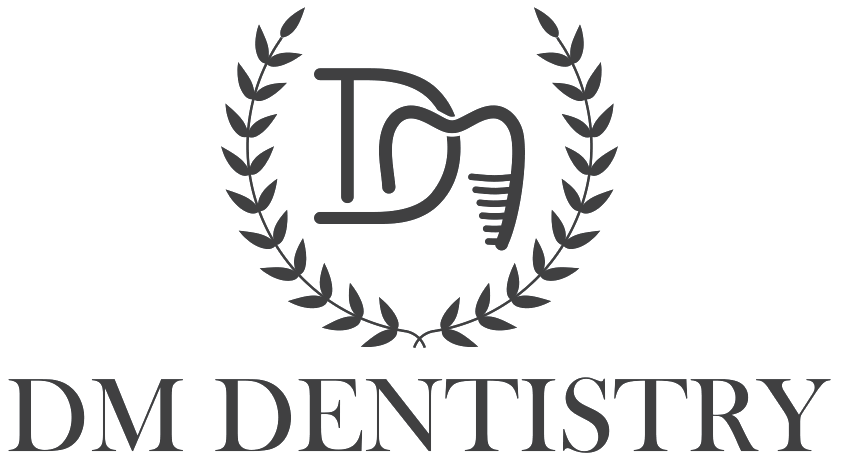Cosmetic Dentistry
Dental Crowns and Bridges in San Ramon
One of the most common dental treatments for addressing tooth decay involves fillings as the first line of defense. However, when decay is more extensive, a filling may not be sufficient. In such cases, dentists often use a dental crown or cap to provide the necessary repair and protection.

According to the American College of Prosthodontists, single dental crowns are the most common type of dental restoration. Dentists use crowns in various situations to protect vulnerable teeth from further decay, cap damaged teeth, and cover deep fillings. Crowns are also commonly used to complete dental implants or cover teeth that have undergone root canal treatment. By collaborating with a dental lab and the patient, dentists can create custom-fitting crowns that restore a tooth’s shape and size to near perfection.
It is common for patients to receive dental crowns as part of a dental bridge to replace missing teeth. According to WebMD, bridges are used to fill the gap left by a missing tooth. For a single missing tooth, dentists may create a dental bridge anchored to the two adjacent teeth, known as abutment teeth. To secure the bridge, the dentist reshapes these abutment teeth by removing a portion of the enamel. Dental crowns are then placed on these reshaped teeth, and the crowns are attached to the artificial tooth, known as the pontic, that fills the gap. This structure forms a stable and natural-looking bridge that restores both function and aesthetics.
Receiving a dental crown typically requires a few appointments, especially if it’s part of another dental treatment, like a root canal. Here’s a step-by-step overview of the dental crown process:
Before the Crown: The dentist first addresses any underlying dental issues, such as infections or cavities, before starting the crown creation process. If the patient has an old crown that needs replacement, the dentist will remove it and prepare the tooth.
Preparation: The next step involves preparing the tooth for the crown. The dentist, or a team member, will shave down the tooth to create space for the crown. Then, the dental team takes a series of impressions of the tooth, which are sent to a lab to create the custom crown. At the end of this appointment, a temporary crown may be placed to protect the tooth while the permanent crown is being made.
Crown Delivery: Once the permanent crown is ready, the patient returns to the office for placement. The dentist tries on the crown to ensure it fits properly and matches the surrounding teeth in appearance. If everything is satisfactory, the dentist uses dental cement to permanently secure the crown in place.
